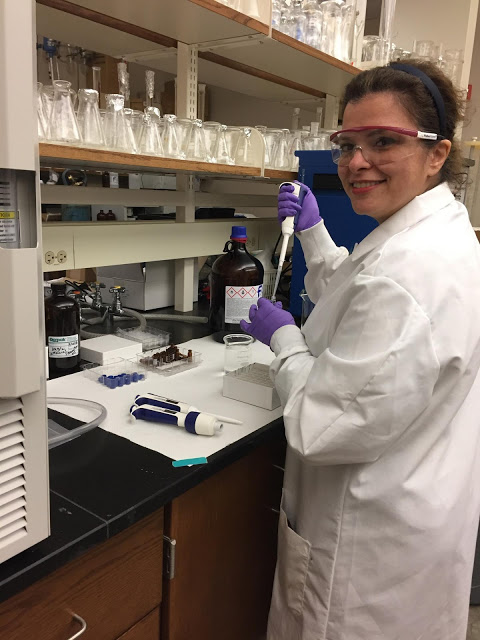

| Online: | |
| Visits: | |
| Stories: |

| Story Views | |
| Now: | |
| Last Hour: | |
| Last 24 Hours: | |
| Total: | |
New Research Shows Crude Oil Chemicals Move and Change More Quickly Than EPA Standards
LSU Department of Environmental Sciences doctoral candidate Parichehr Saranjampour conducted research on a chemical class of polycyclic aromatic hydrocarbons that is not on the EPA’s list — Dibenzothiophene, or DBT.

Credit: Parichehr Saranjampour, LSU
Saranjampour studied two processes that chemicals undergo — evaporation and oxidation, or what happens when something is exposed to air and light. From lab experiments, she found that one compound oxidized faster than the currently accepted rate relative to the two compounds. She also found that another compound evaporates and is released into the air faster than previously thought, which may have implications on land animals and humans who come into contact with oil, such as oil rig workers.
These chemicals are not only found after a crude oil spill, but they can also be found in water and sediment where crude oil or diesel fuel are present.
“These results call for more research by environmental chemists and toxicologists to investigate the environmental impacts of these chemicals in water, sediment, air and on living organisms,” she said.
She is currently investigating the toxicity of these chemical compounds.
Alison Satake
Source: http://www.ineffableisland.com/2017/03/new-research-shows-crude-oil-chemicals.html


